
Product information
Schloss Gobelsburg Tradition Heritage Cuvée 50 Years Edition 850 MAGNUM NV
$560
Description
Michael Moosbrugger has taken bottled wine from 31 vintages, made from 9 different varieties, dating back over 50 years to 1970, opened, checked, and blended it to create the Tradition Heritage 50 Jahre (years).
There are pursuits in life that are driven by passion, a desire to push all limits. So many of these will never be rewarded in the lifetime of those who start the challenge either financially or with a simple acknowledgment of the achievement. The great artist, often, ahead of their time come to mind.
In the world of wine, this is often the case. The seemingly ‘normal’ task of planting a vineyard can take 20-30 years to even get an inkling of the potential. Making a Madeira, Sherry, or the exceptional Muscats and Muscadelles of Rutherglen can take generations for the finest wines to reach full maturity.
So we come to Heritage wines created by blending bottles wines that have already been cellared for decades. This is only the second example of such a wine I have come across. The first, a Champagne by Pierre Peters. Now Schloss Gobelsburg has repeated the feat.
Out of stock


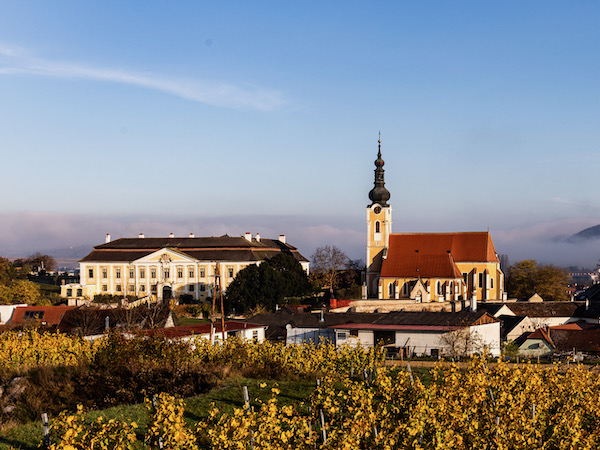
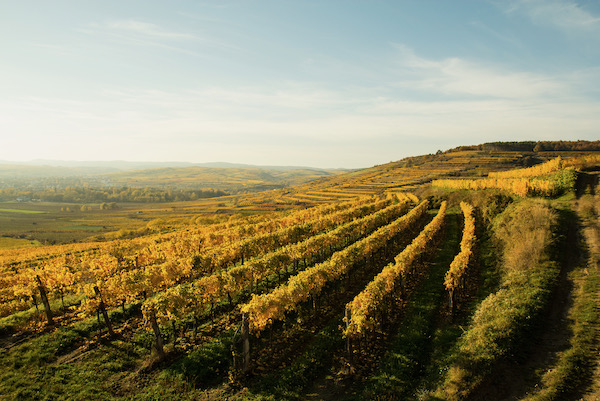
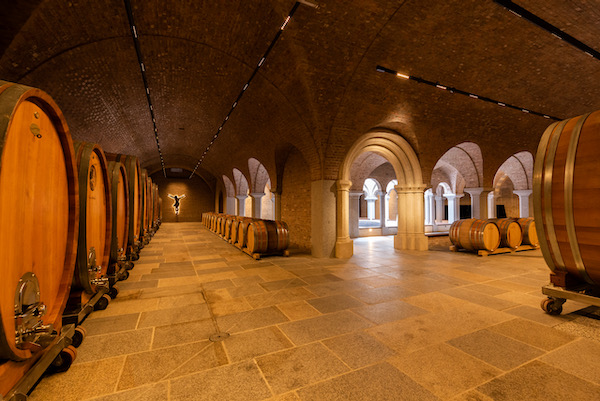
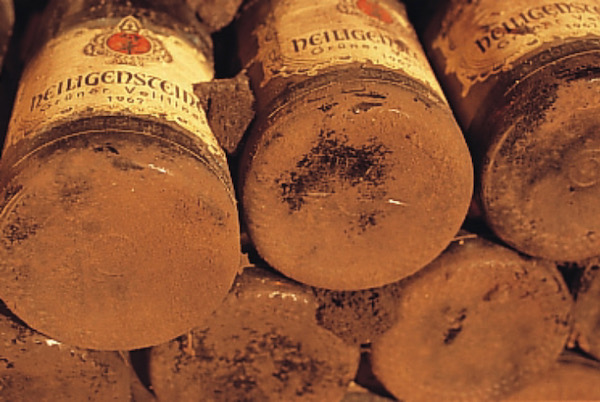
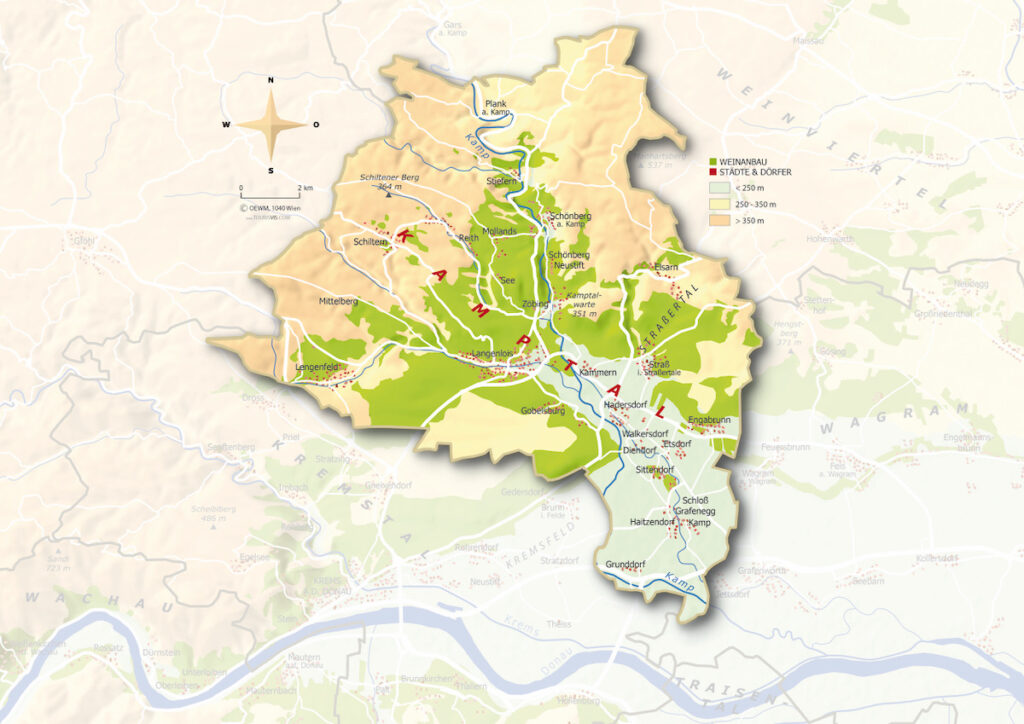
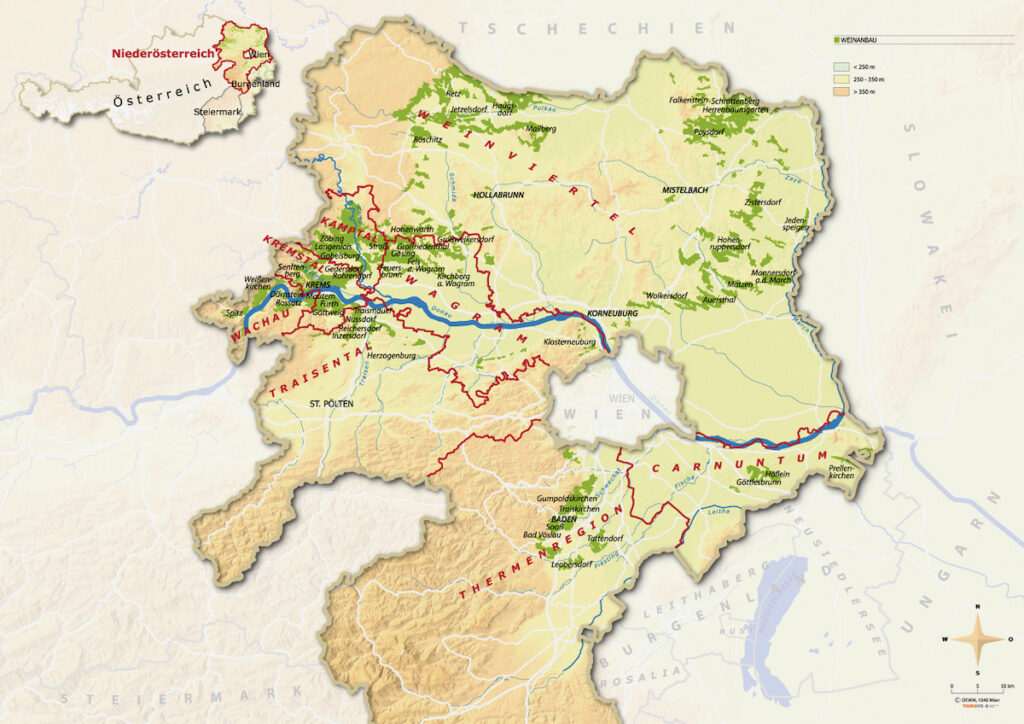
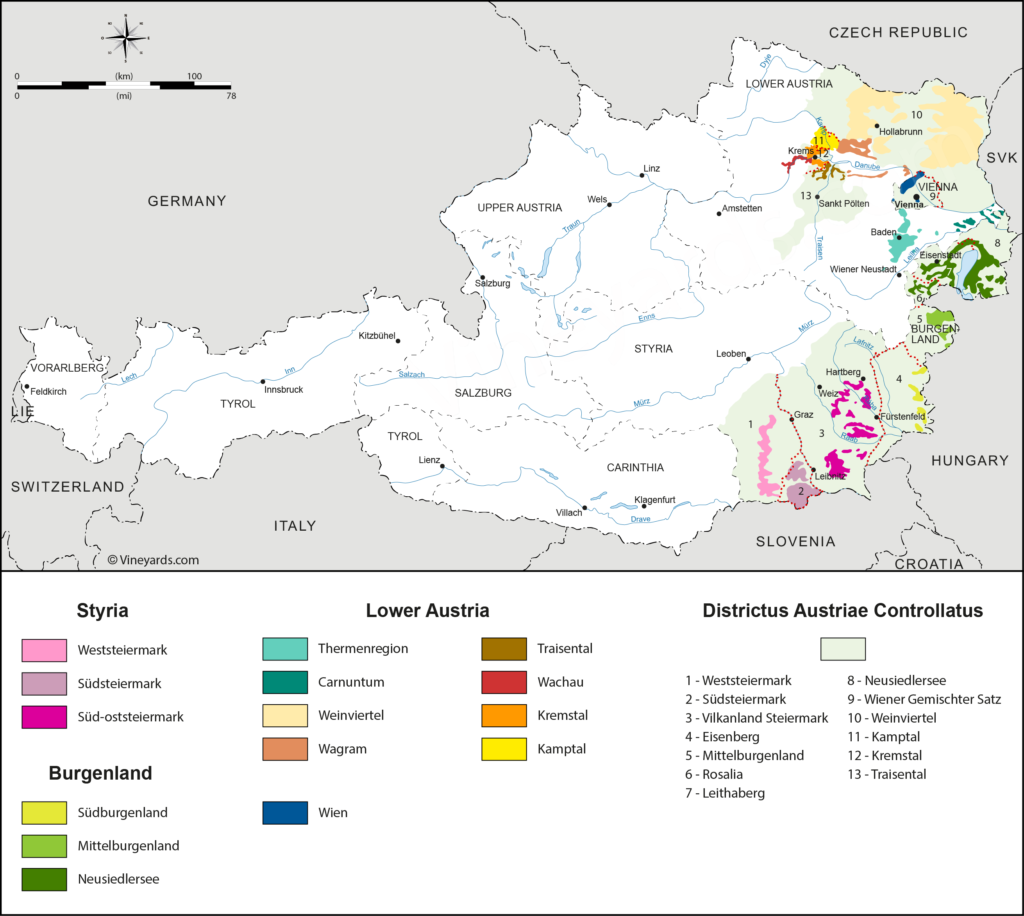
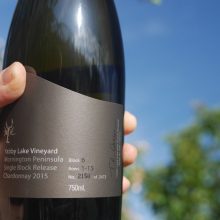
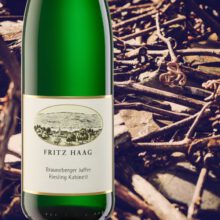
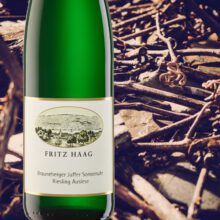
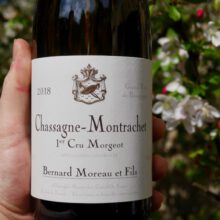
You must be logged in to post a comment.